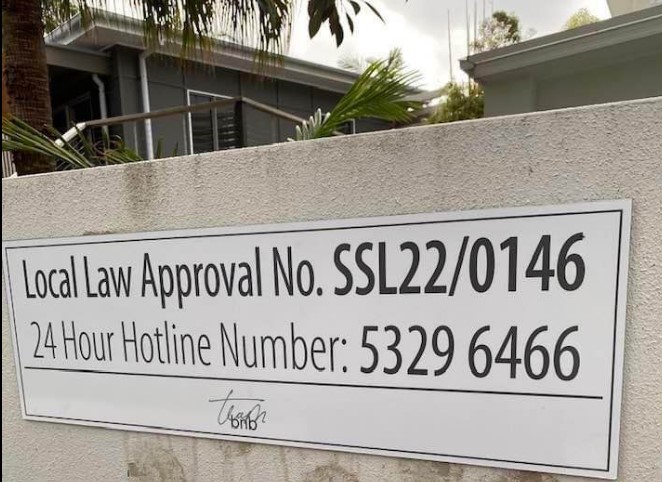Noosa and Byron Bay have a fair bit in common…more than the picture postcard surf breaks, crazy house prices and queues of tourists.
Sadly, one of those similarities is the way both are suffering in the eye of the Short Term Accommodation storm. Both communities are damaged, but they’re fighting back in different ways.
A 60-day cap has been recommended for Short Term Accommodation in Byron Bay – 30 days fewer than the annual cap the Byron Bay Council proposed last year.
In Byron Bay, Government statistics* suggest 8.5 per cent of its housing stock is available for STA, compared with more than 20 per cent of housing stock in Noosa.

Noosa has no cap yet on these figures, more than double the percentage of dwellings available for STA.
The 60-day recommendation, by the New South Wales Independent Planning Commission (IPC),
applies to all Byron Bay properties approved for STR and subject to annual renewal. The Byron Council had also proposed precincts where STA’s would not be capped, but the IPC recommends a uniform Short Term letting policy across the Shire for equity reasons.
Ministerial direction
The NSW Planning Minister in December last year directed the IPC to review the Byron Bay Council’s 90-day cap decision, taking into account
- the high proportion of STA properties compared to permanent accommodation in Byron;
- the availability and affordability of housing; and
- impacts of recent flooding in the shire.
Responding in late April, the IPC blamed the current shortfall on investors viewing housing as an asset class rather than a social good, leading to
- higher rates of multi-property ownership,
- lower rates of occupant home ownership,
- high rental insecurity and increasing rates of homelessness.
It wants financial returns from non-hosted STA’s to be on a more level playing field with long-term rental housing returns.
Does this sound familiar Noosa?
If it sounds familiar to you, it is. In Noosa the steady decline in dwellings available for long term rent, a more than doubling in long term rents charged, and the emergence of property investors collecting about $180m a year in rents from Short Term Rental properties, was documented late last year by the Council’s economic advisers, the AEC Group.
AEC noted that STA growth has “resulted in a constrained operating environment for local businesses with…. the supply of local workers across all sectors of the economy impacted by the lack of available and affordable housing. If businesses are only able to operate on a restricted basis as a consequence of labour shortage, the economy becomes constrained.”
The NSW IPC received 784 written submissions, including 530 by STA property owners; and 981 on-line submissions. The NSW Government has not responded to the recommendation yet.
In October 2020 Noosa Council voted 5:1 to introduce its Short Stay Let Local Law. Councillor Lorentson opposed the decision and has not taken part in further discussion, citing a conflict of interest. The Council is at present understood to be considering further changes that will extend to medium and high-density residential areas the Local Law ban on new STA approvals in low residential areas. This discussion has been behind closed doors but if adopted will be welcomed by the community.

Noosa should now take the next steps to protect residents
If Noosa is to remain a leader on this issue, as the Mayor says it is, the NSW IPC recommendations signal the opportunity for Noosa to consider further amendments, including –
- closure of any loop-holes, such as the IPC found being exploited with secondary buildings approved to ease housing pressures being used instead for STA in Byron;
- revocation of registrations where dwellings approved for STA are not let for a specified time;
- increased registration fees and a per/booking fee to meet increased infrastructure costs generated by the STA sector; and
- all Council STA data to be available to the community.
In the meantime, since adoption of the Local Law, both numbers of properties offered for SSL and rental pressures have increased. Essential workers can’t afford to live in Noosa and businesses are restricted. Yet additional rates levied on STA properties yield about $15m – adequate for Council to ramp up Local Law processing and enforcement, but these remain snail-paced.
(*The IPC used NSW Department of Planning statistics but was presented with diverse and inconsistent datasets. It noted this was an ongoing problem that will hamper policymakers. Local Government Association figures (published in The Guardian – 4 May) claim 16 per cent of Byron Bay’s housing stock is used for STR, still significantly below the Noosa number, calculated by Noosa Council after extensive research.)


This Post Has One Comment
We must stop these Short Term Accommodation stays